Sumatra, the sixth-largest island in the world, is not only known for its stunning landscapes but also for its vibrant and diverse culture. This Indonesian gem is home to various ethnic groups, each contributing to the unique tapestry of Sumatran culture. In this article, we will delve into the rich cultural heritage of Sumatra, exploring its traditions, arts, and customs.
1. Cultural Diversity:
Sumatra is a melting pot of ethnicities, with prominent groups such as the Batak, Minangkabau, Acehnese, and Mentawaians. This diversity is reflected in the region’s languages, clothing, and customs. The coexistence of these different cultures creates a dynamic and colorful cultural scene that has captivated the world.
2. Traditional Dance and Music:
Sumatran traditional dance and music are integral parts of the local culture, often performed during ceremonies and celebrations. The Sigale-gale dance of the Batak people, the Randai theater of the Minangkabau, and the Saman dance of the Acehnese are just a few examples. These art forms showcase intricate movements, vibrant costumes, and rhythmic beats that tell stories of the region’s history and folklore.
3. Architecture:
The architecture of Sumatra reflects the cultural identity of its people. The traditional houses of the Minangkabau, with their iconic curved roofs resembling buffalo horns, are a striking example. These structures not only serve as homes but also symbolize the matriarchal system in Minangkabau society.
4. Culinary Delights:
Sumatran cuisine is a testament to the island’s diverse cultural influences. From the spicy rendang of the Minangkabau to the aromatic curries of Aceh, Sumatra offers a gastronomic adventure. The use of local spices and herbs, such as turmeric, lemongrass, and kaffir lime leaves, adds distinctive flavors to Sumatran dishes.
5. Traditional Clothing:
Traditional attire in Sumatra varies across different ethnic groups. The Ulos cloth, worn by the Batak people, is intricately woven with symbolic patterns. Meanwhile, the Minangkabau women showcase their cultural identity through the Songket, a luxurious handwoven fabric adorned with gold or silver threads.
6. Festivals and Celebrations:
Sumatra hosts numerous festivals that highlight its cultural richness. The Pesta Padang (Padang Festival) in West Sumatra, for example, showcases traditional arts, culinary delights, and folk games. The Singkarak Festival celebrates the beauty of Lake Singkarak, featuring boat races and cultural performances.
7. Preservation Efforts:
While Sumatran culture thrives, efforts are underway to preserve and promote its unique heritage. Cultural institutions, museums, and local communities actively engage in safeguarding traditional practices, ensuring that future generations can continue to embrace and celebrate their roots.
In conclusion, Sumatra’s cultural landscape is a captivating mosaic of traditions, arts, and customs. The island’s diversity, reflected in its dance, music, architecture, cuisine, clothing, and festivals, makes it a treasure trove for those seeking an immersive cultural experience. Sumatra stands as a testament to the harmonious coexistence of different ethnicities, contributing to the vibrant and enduring legacy of Indonesian culture.


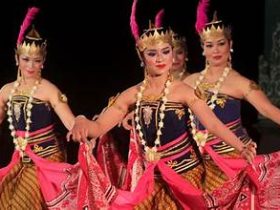
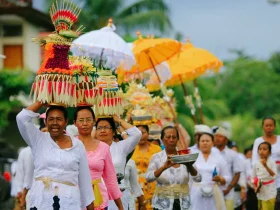
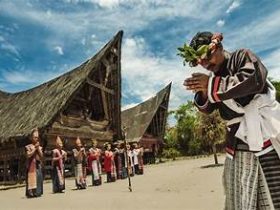
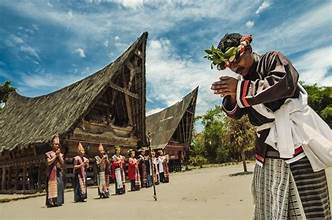
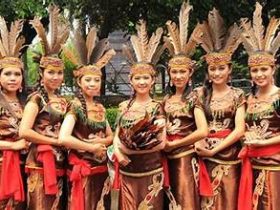
Leave a Reply